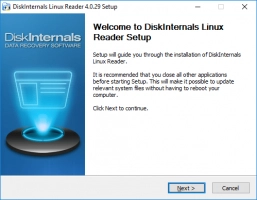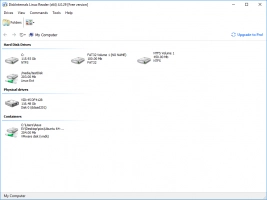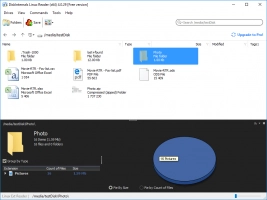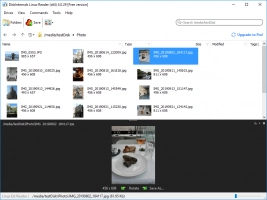What is basic and advanced bash scripting?
Here you will find out:
- what basic bash scripting contains
- what advanced bash scripting is
- what bash concepts used in advanced shell scripting are
- when DiskInternals can help you
Are you ready? Let's read!
What does basic bash scripting contain?
Bash scripting entails quite a lot of things: writing conditional statements, understanding the various concepts of bash, built-in commands, and how to indicate if a script executed successfully or not. Bash conditional statements include the if statement, else, elif, etc. The exit status of a bash script is represented by a number: "0" means the script executed successfully, and any other number besides “0” means there was a failure. It is important that you know and understand all these aspects of bash scripting.
What is advanced bash scripting?
Advanced bash scripting simply means applying deeper knowledge and understanding about Bash and its various concepts.
In learning advanced bash scripting, here are the bash concepts you should have deeper knowledge of:
- Positional parameters and how to make use of them while writing bash scripts
- How to iterate argument lists using FOR loops
- How to write correct termination conditions
- Declaring and using WHILE loops in bash scripting
- How to use “case” statements to indicate special actions in arguments
- The various shell options and how to capture then using GETOPTS
- Detailed steps to declaring and executing simple bash functions
Some bash concepts used in advanced shell scripting
Using WHILE loops in advanced bash scripting
A WHILE loop is used to check for the exit status of a condition and run a statement if the condition turns true.
Example:

Shell Special Parameters
These are non-editable variables used to store values of exit statuses and arguments through the command line while writing a bash script.
To view the shell special variables, open the bash command’s documentation, and enter the forward-slash "/" to search for the parameters:

Using FOR Loops in Bash
A FOR loop is used to iterate a list and run commands for all items included on the list. If you think you need help to use the FOR loop, type “$ help for”. This will display a lot of information regarding the use of the FOR loop in advanced bash scripting.
Bash Positional Arguments
Shell or bash allows you to enter “arguments” while writing scripts. These arguments are interpreted as variables in your bash script. Commonly, bash's positional arguments are used to add information, context, or meaning to a shell script.
WHILE Infinite Loop
On its own, a WHILE loop will wait for a condition to exit with a 0 return code before running commands. However, a WHILE infinite loop runs indefinitely and never stops, hence the name.
Use DiskInternals Linux Reader to open Linux files
It is impossible to open Linux partitions on Windows OS; this is because Windows doesn't support the EXT4 partition. But, sometimes, you may have very important files to access from your Linux partitions, and you don't want to shut down Windows to boot Linux, so what do you do in such a situation? It's simple: download DiskInternals Linux Reader. This is a Windows utility that allows you to view and access Linux files while operating in Windows or virtual machines.




